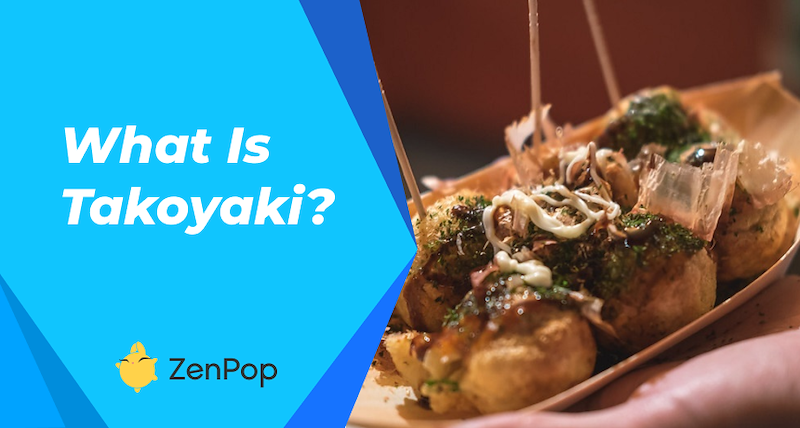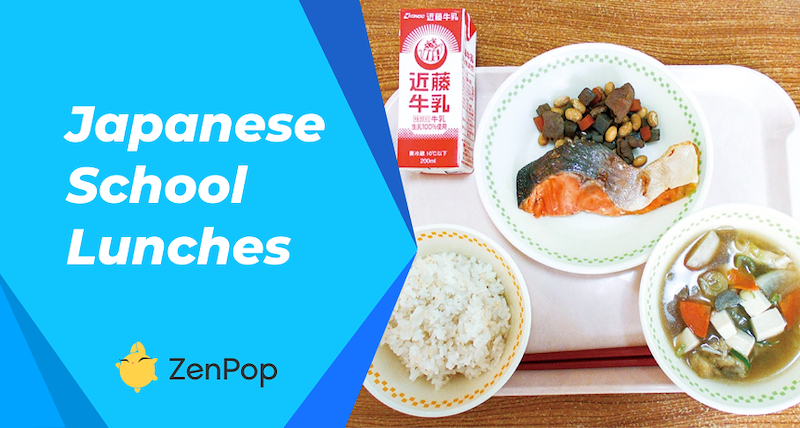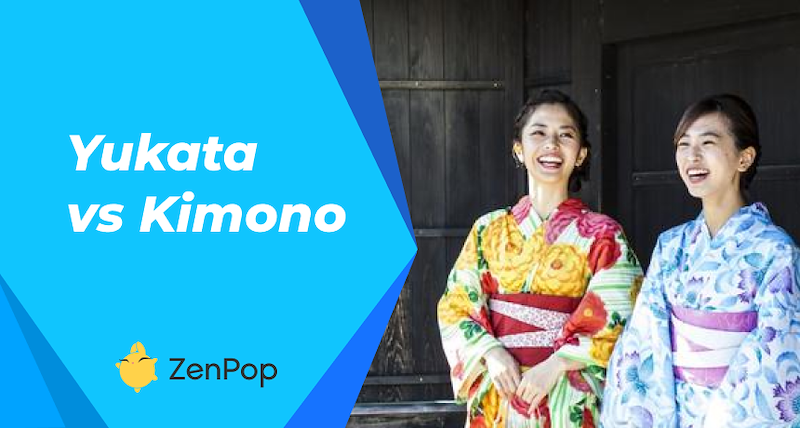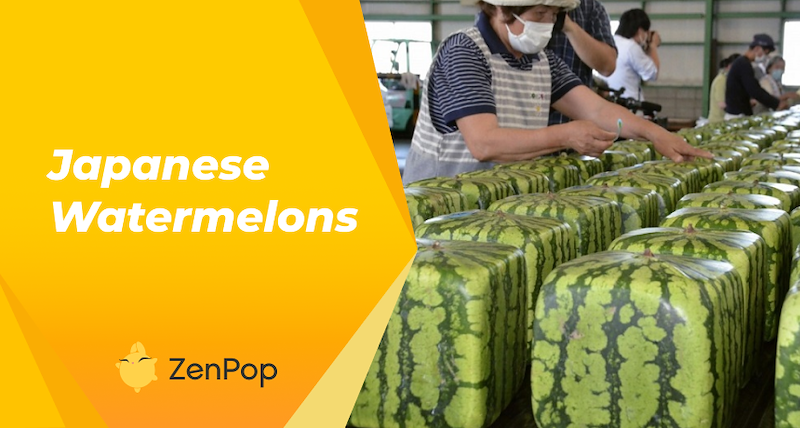
What are Japanese Watermelons?
You could believe that growing square watermelons is difficult or that they are uncommon. However, you'd be mistaken on both counts! In truth, cube-shaped watermelons are widely available in Japan and may be very expensive, costing up to $200 per fruit at times.
But what distinguishes Japanese watermelon from other melon kinds you could find at grocery stores? Continue reading to learn everything there is to know about this interesting fruit!
What are Japanese Watermelons?
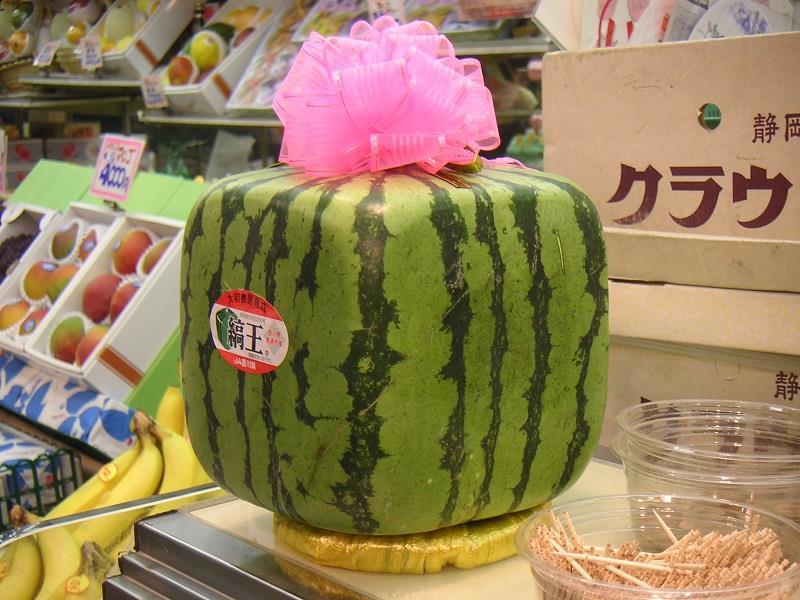
Japan is well renowned for its unusual customs and peculiar cultural practices, thus it is not surprising that this country produces the watermelon with the oddest shape. Japanese watermelon is distinctive because it is raised in a cube-like structure.
These melons are frequently bought as gifts and used as table centerpieces in people's homes; they are generally seen as ornamental rather than edible.
How do you say watermelon in Japanese?
The most direct translation of Watermelon in Japanese is pronounced Suika, and can be written in Kanji as 西瓜 or in Katanana as スイカ.
However, you may also sometimes see a phonetic translation of the English word for watermelon: ウォーターメロン.
Where do Japanese Watermelons come from?
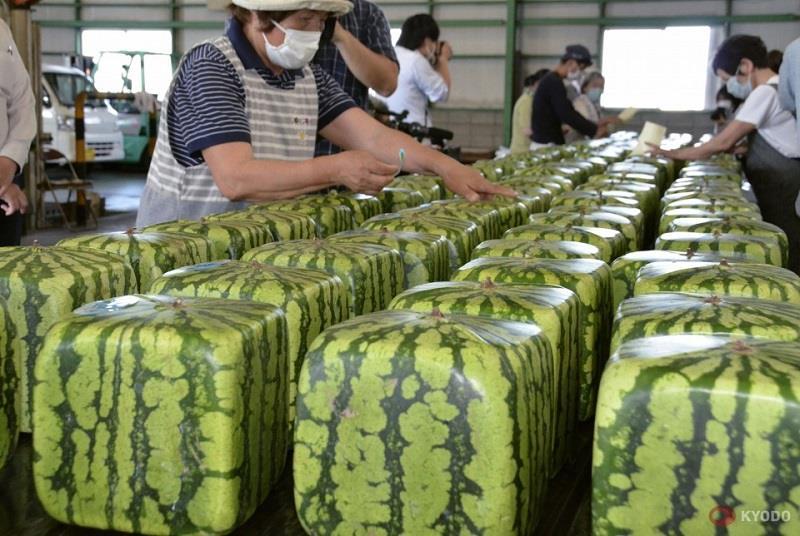
The concept of square watermelons initially developed in answer to a need, like so many ideas that make you wonder, "Why didn't I think of that?" In this instance, the challenge was how to keep oddly shaped oval melons inside refrigerators, where they would either roll around or just take up an excessive amount of room.
To solve this, a graphic designer by the name of Tomoyuki Ono created cube melons, which he displayed in 1978 at a Tokyo art gallery in Ginza.
The square watermelon craze gained popularity quickly. The cubed fruit could be neatly stacked for storage and shipping, and they also looked charmingly strange and worked well as table centerpieces and display window focal points.
Japan's square watermelon industry is currently based on Zentsuji, a city in Kagawa Prefecture, in the country's south. The only location where square watermelons can be grown and cultivated is in the city, which holds a patent on the variety. Farmers are even experimenting with different molding techniques, which has resulted in watermelon hearts and pyramids.
How are Japanese square watermelons grown?
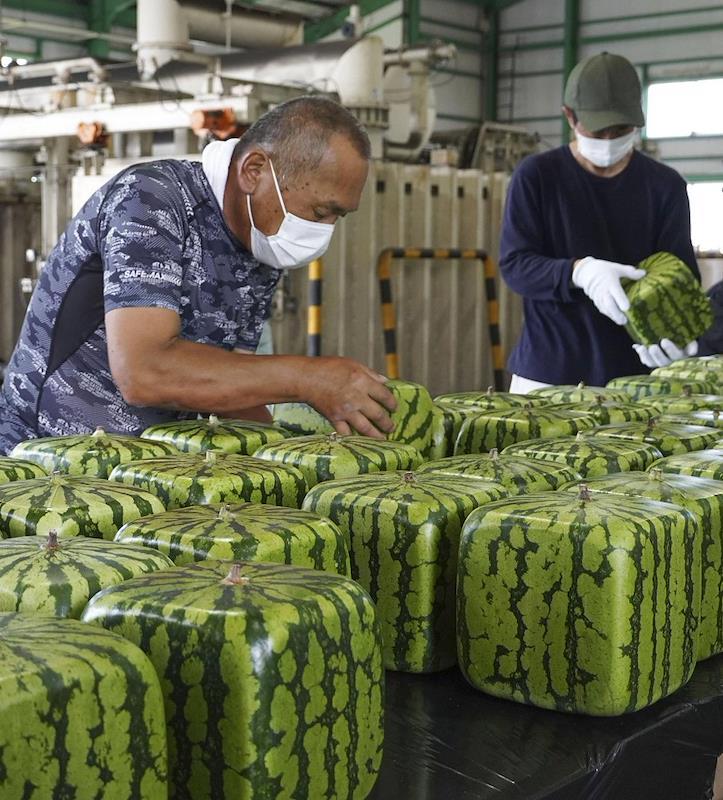
Naturally, these melons don't grow into cubes by nature (although we're sure some people wish it were!). Also absent are watermelon seeds with a square form. There isn't even a single species or variation of Japanese cube watermelon. In fact, you could probably successfully produce square watermelons in your own backyard garden!
The entire procedure of manipulating the growing process is how a Japanese square watermelond are produced. Simple molding frames were utilized in 1978 by Tomoyuki to shape the fruit, and this method is being employed today.
A clear glass box is put around the developing immature watermelon while it is still on the vine. The fruit will then grow while trying to fill all the space it is in, and leaves us with delicious square watermelons.
Once they get to around 19cm wide, the farmers will remove the fruits from the box and prepare them to be shipped to supermarkets for sale.
What are Japanese Black Watermelon?
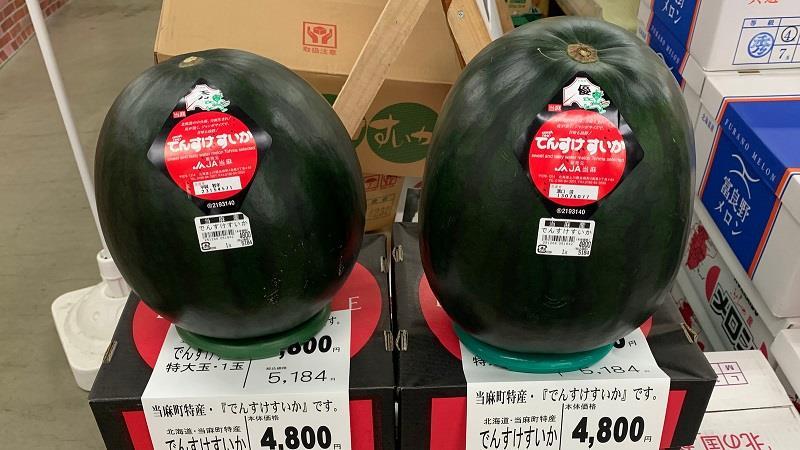
Another extremely expensive Japanese melon that you may have heard of is black watermelon. These black watermelons, also known as densuke (伝助), are unique to the northern island of Hokkaido.
They feature glossy black skin, a crisp, crunchy texture, and a flavor that is significantly sweeter and entirely distinct from that of a typical melon, be it cubic or spherical. Black densuke watermelons, which may cost up to US$6000 each, are the most expensive in the world because they genuinely feature special seeds that are very difficult to obtain, unlike cube watermelons.
Are there Black Squared Japanese Watermelons?
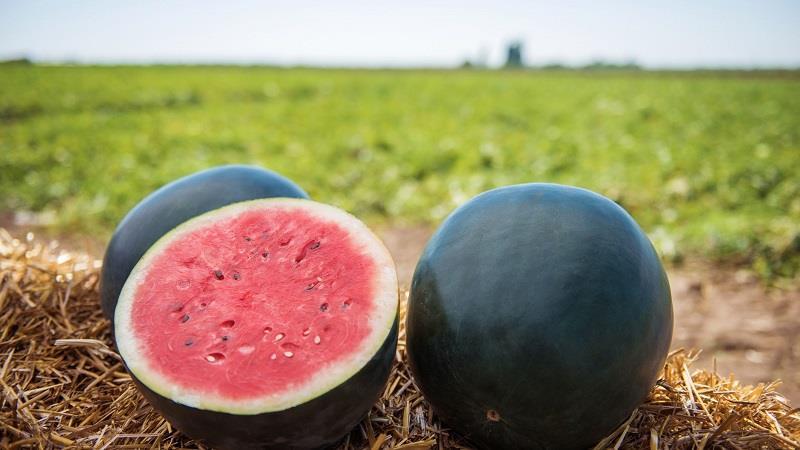
Although technically possible, it’s not commonly sold. Square Watermelons and Black ones are 2 distinct types of fruits from the same family.
It’s what already makes them so unique.
Why are Japanese Watermelons So Popular?
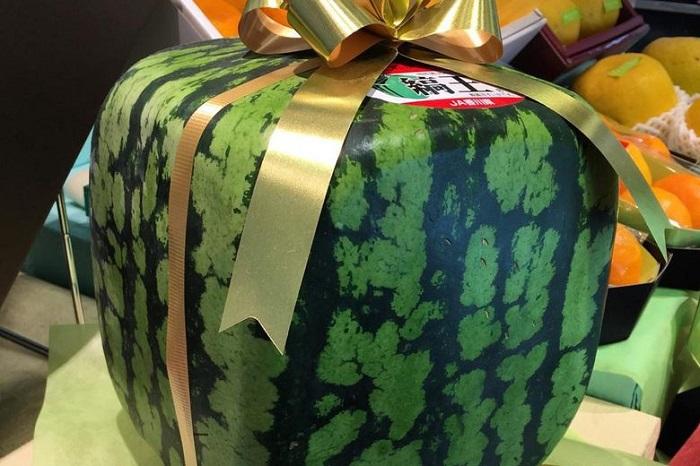
In addition to being extremely difficult to locate, Japanese watermelons are also quite costly, typically costing over US$90. So why are cube melons now primarily utilized as gifts instead of all the useful purposes they were first created for?
Unfortunately, the watermelon must be harvested before it is fully ripe in order to be turned into a cube, which makes it less than palatable. The cube-shaped melons are still incredibly popular, though. They simply cannot be eaten.
The gift-giving tradition in Japan may be to blame for this popularity. When attending an event or anniversary, square watermelons make a wonderful gift and are also seen as a status symbol.
There is also the widespread acceptance of watermelon in Japanese society. From June through August, you may see individuals all around the nation eating slices of these striped green fruits as a common snack to relieve their thirst. In the form of fish-shaped taiyaki cakes filled with watermelon mousse and watermelon gummy sweets, watermelon flavoring is also often used.
Keep an eye on our ZenPop boxes for some tasty Japanese watermelon-flavored snacks in seasons!


